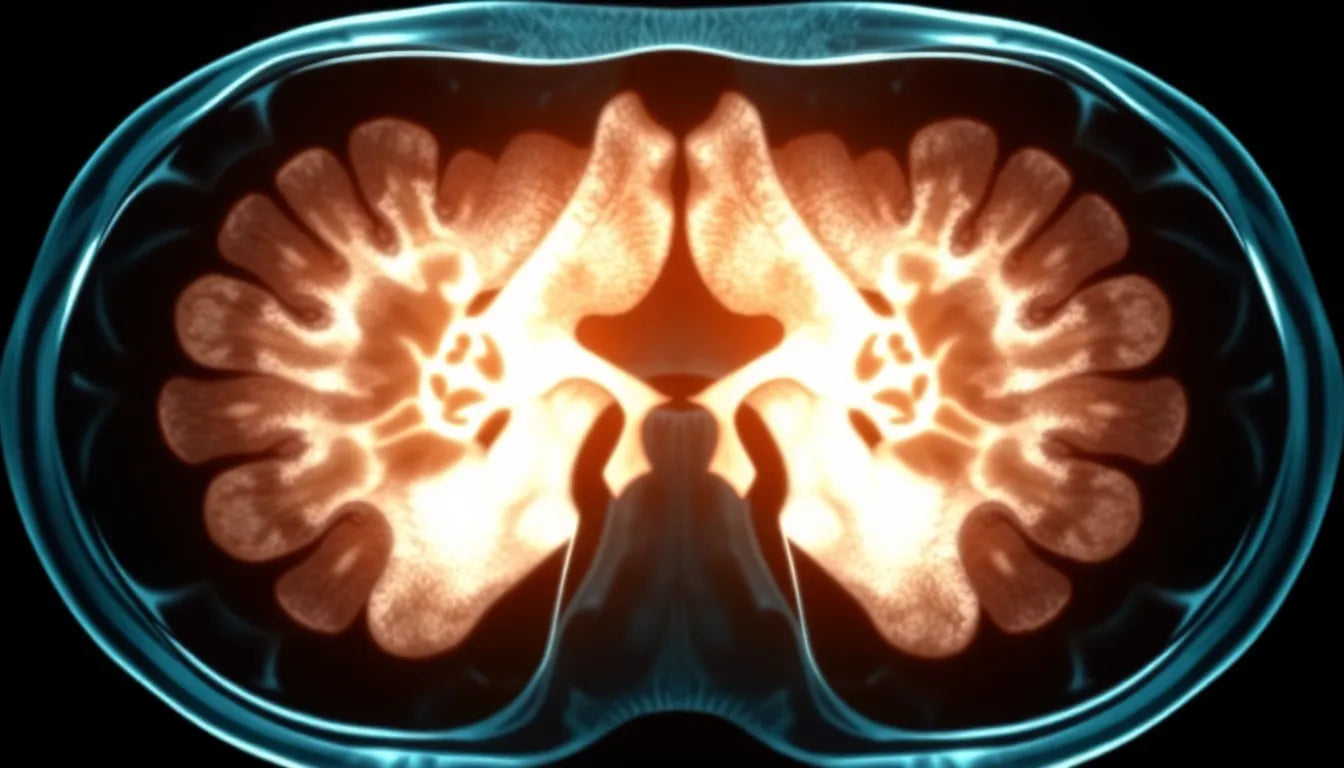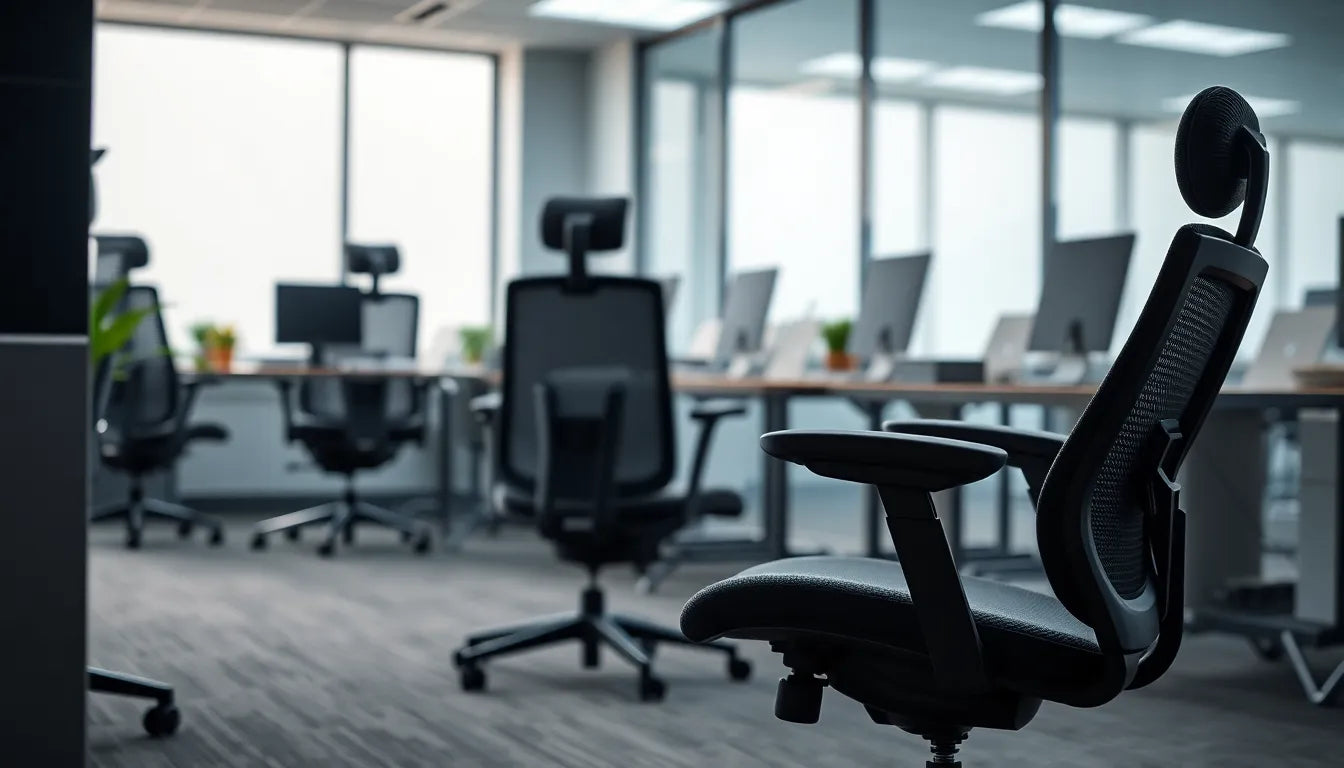Pregnancy is a transformative journey filled with both joy and challenges. Among the physical changes that occur, back pain is a common complaint, affecting nearly half of all expectant mothers. However, a herniated disc during pregnancy, while less common, can present a more serious concern. Understanding this condition and its implications is crucial for pregnant women seeking relief and safe management strategies.
Understanding the challenge of herniated discs during pregnancy
A herniated disc occurs when the soft center of a spinal disc pushes through a crack in the tougher exterior casing. This can lead to nerve irritation, causing pain, numbness, or weakness. During pregnancy, the risk of a herniated disc is relatively rare compared to general back pain, but it remains a significant concern due to the potential for increased discomfort and complications.
The physical and hormonal changes that accompany pregnancy can exacerbate existing back issues. As the baby grows, weight gain and a shift in posture increase pressure on the spine. Additionally, hormonal changes, such as the release of relaxin, can affect ligaments and discs, potentially leading to or worsening a herniated disc. These factors make it essential for pregnant women to be aware of the symptoms and management options for this condition.
Key concerns for pregnant women with a herniated disc
For expectant mothers dealing with a herniated disc, pain management and treatment safety are paramount concerns. The discomfort associated with a herniated disc can significantly impact daily activities and overall quality of life during pregnancy. Finding relief is crucial, but it must be balanced with the safety of both mother and baby.
Pregnant women must navigate treatment options carefully, as not all conventional methods are safe during pregnancy. Pain management techniques, medications, and even delivery options need to be considered with caution. The goal is to find effective relief methods that do not compromise the health of the mother or the developing baby.
Understanding the challenges and concerns associated with a herniated disc during pregnancy is the first step toward finding safe and effective relief. By exploring tailored treatment options and collaborating with healthcare professionals, pregnant women can manage their symptoms and focus on the joy of bringing new life into the world.
Prevalence and causes of herniated discs during pregnancy
While back pain is a common experience for many pregnant women, affecting nearly half of all pregnancies, a true herniated disc is relatively rare. However, understanding the factors that contribute to this condition can help in managing and potentially preventing it. During pregnancy, several changes occur in a woman's body that can increase the risk of a herniated disc. The most notable include weight gain and altered posture, which place additional pressure on the spine. As the pregnancy progresses, the growing uterus causes a forward shift in the center of gravity, leading to postural changes that can strain the back.
Moreover, hormonal changes play a significant role. The hormone relaxin is released during pregnancy to loosen the ligaments in the pelvis, preparing the body for childbirth. Unfortunately, this hormone can also affect the ligaments supporting the spine, potentially making them more susceptible to injury. Increased spinal pressure from these combined factors can contribute to the risk of a herniated disc, making it crucial for expectant mothers to be vigilant about their back health.
Treatment options for pregnant women with herniated discs
When it comes to managing a herniated disc during pregnancy, conservative treatments are often the first line of defense. These methods focus on minimizing pain while ensuring the safety of both mother and baby. Physical therapy and exercise play a vital role in treatment, with pregnancy-approved exercises such as pelvic tilts, leg raises, and Kegel exercises helping to strengthen the core and support the spine. These exercises can be tailored to the individual's needs and are designed to be safe for both the mother and the developing baby.
Pain management techniques are also crucial. Options such as acupuncture, ice and heat therapy, prenatal massage, and the use of TENS units can provide relief without the need for medication. These methods are generally considered safe during pregnancy and can be effective in reducing discomfort. However, it is important for pregnant women to consult their healthcare providers before starting any new treatment to ensure it is appropriate for their specific situation.
In some cases, medication may be necessary to manage pain. Safe options like paracetamol can be used, but it is essential to avoid non-steroidal anti-inflammatory drugs (NSAIDs) unless advised by a healthcare professional. For more severe pain, an epidural or intramuscular injections may be considered, but these are typically reserved for cases where other treatments have not provided sufficient relief. Surgery is generally considered a last resort and is only recommended if absolutely necessary, with the second trimester being the safest time for such interventions if required.
Safe vs. unsafe treatments during pregnancy
| Treatment | Safe | Unsafe |
|---|---|---|
| Physical therapy and exercise | ✔ | ✘ |
| Pain management techniques (acupuncture, ice/heat therapy, prenatal massage, TENS) | ✔ | ✘ |
| Paracetamol | ✔ | ✘ |
| NSAIDs | ✘ | ✔ |
| Epidural/intramuscular injections | ✔ (with caution) | ✘ |
| Surgery | ✔ (only if necessary) | ✘ |
Delivery considerations for women with herniated discs
For pregnant women with a herniated disc, delivery planning may require special considerations. In some cases, a herniated disc can impact the choice of delivery method. While vaginal delivery is often possible, some women may require a cesarean section, especially if there is a risk of worsening neurological symptoms during labor. It is essential for expectant mothers to discuss their condition with both their obstetrician and a neurosurgeon to make informed decisions about their delivery options.
Collaboration between healthcare providers ensures that the delivery plan is tailored to the individual's needs, minimizing risks and promoting a safe and healthy childbirth experience. By understanding the prevalence, causes, and treatment options for herniated discs during pregnancy, women can take proactive steps to manage their condition and focus on the exciting journey of bringing new life into the world.
Postpartum recovery and preventive measures for herniated discs during pregnancy
After childbirth, managing a herniated disc remains a priority for many new mothers. The postpartum period can be physically demanding, and it is essential to continue caring for your back to promote healing and prevent further injury. Incorporating ergonomic aids, such as supportive pillows and back braces, can significantly enhance comfort and aid recovery. These tools help maintain proper posture during activities like nursing or carrying your baby, reducing strain on the spine.
In addition to ergonomic products, gentle exercises and stretches are beneficial in the postpartum phase. Gradually reintroducing core-strengthening exercises, under the guidance of a healthcare professional, can help stabilize the spine and alleviate pain. It's crucial to listen to your body and avoid overexertion, allowing time for healing and adaptation to the physical demands of motherhood.
Preventive measures during pregnancy can also play a vital role in managing herniated discs. Maintaining good posture is essential, as it helps distribute weight evenly and reduces pressure on the spine. Ergonomic products, such as pregnancy support belts and specially designed chairs, can assist in maintaining alignment and comfort.
Additionally, incorporating regular, low-impact physical activity into your routine can strengthen the muscles supporting the spine, reducing the risk of disc herniation. Activities such as swimming, walking, or prenatal yoga are excellent options that promote overall well-being and spinal health. Always consult with your healthcare provider before starting any new exercise regimen during pregnancy.
Frequently asked questions
Can a herniated disc heal on its own during pregnancy?
Yes, a herniated disc can potentially heal on its own with conservative treatment. Rest, physical therapy, and pain management techniques often provide relief and facilitate healing. It's important to work closely with your healthcare provider to develop a personalized treatment plan.
What are the signs that a herniated disc is worsening during pregnancy?
Signs that a herniated disc may be worsening include increased pain, numbness, or tingling in the legs, and difficulty controlling bowel or bladder functions. If you experience these symptoms, it is crucial to seek medical attention promptly.
Are there specific exercises to avoid with a herniated disc during pregnancy?
Certain exercises that involve heavy lifting, twisting motions, or high-impact activities should be avoided to prevent further injury. Consult with a physical therapist to receive guidance on safe exercises tailored to your condition.
How can ergonomic aids help during pregnancy?
Ergonomic aids, such as pregnancy support belts, specialized chairs, and pillows, can help maintain proper posture and reduce spinal strain. These products provide support and comfort, helping to alleviate pain and prevent further injury.
What should I discuss with my doctor if I suspect a herniated disc during pregnancy?
If you suspect a herniated disc, discuss your symptoms, treatment options, and delivery plans with your doctor. It's important to understand the potential impact on your pregnancy and explore safe management strategies to ensure the well-being of both you and your baby.
Sources
- Mayo Clinic Staff. (2021). "Herniated Disk." Mayo Clinic.
- WebMD Editorial. (2022). "Pregnancy and Back Pain." WebMD.
- Spine-Health. (2023). "Herniated Disc Treatment Options." Spine-Health.
- Healthline Editorial Team. (2020). "Herniated Disc During Pregnancy." Healthline.
- Valls-Solé, J. (2018). "Pregnancy and Spinal Disorders." National Center for Biotechnology Information.


















